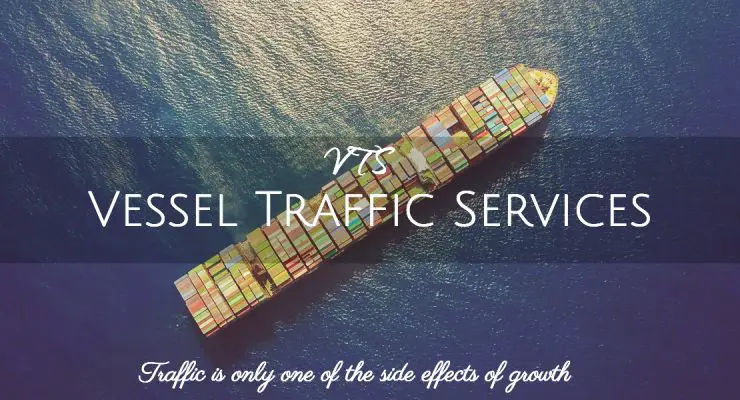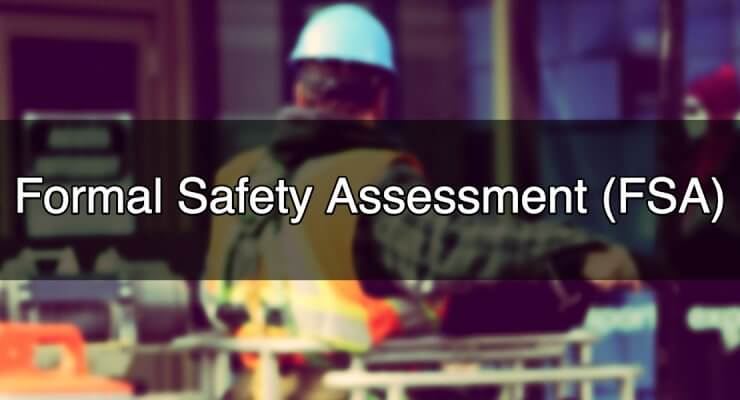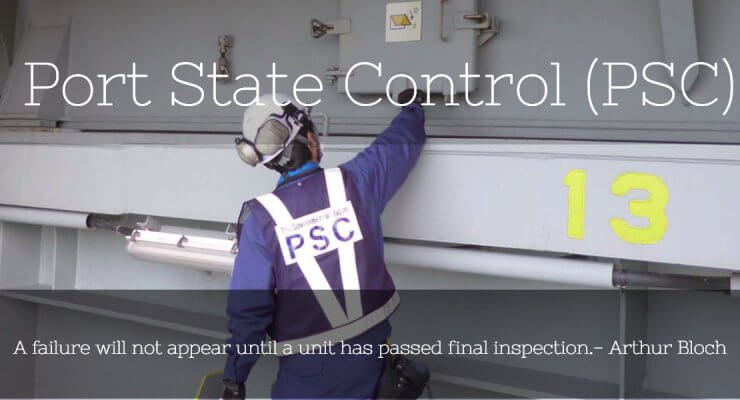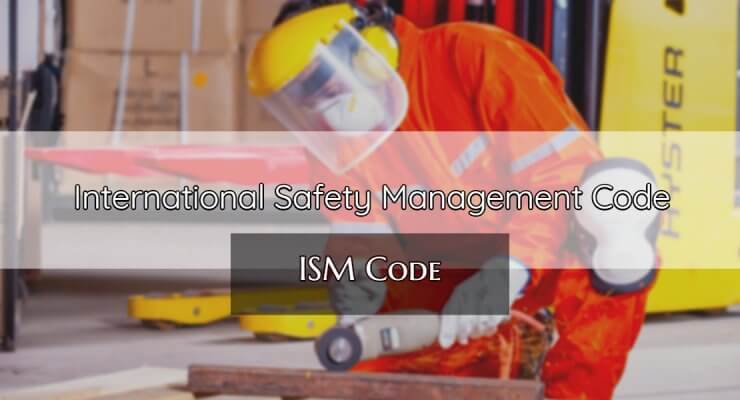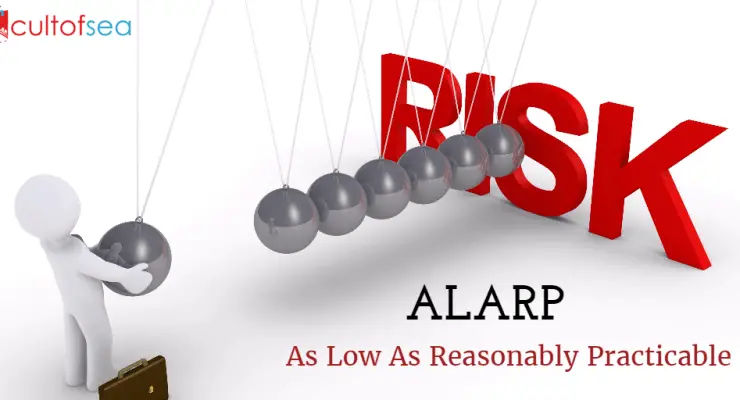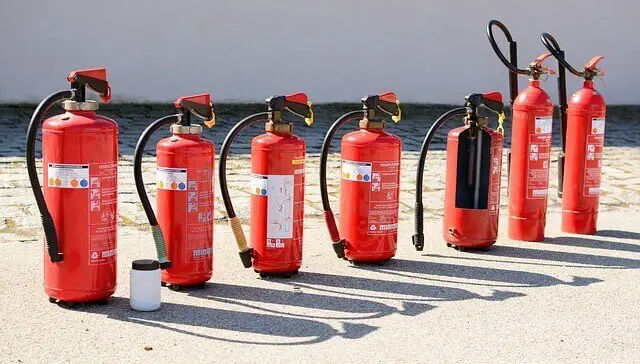Definition of Safety Officer Safety Officer onboard the vessel is an appointed safety adviser who promotes safety onboard by carrying out inspections, identifying hazards and potential hazards to health, safety and the environment with subject to the agreement of the Master. The safety officer should be familiar with the principles and practice of risk assessment and should be available to advise those preparing and reviewing risk assessments. It is recognised that where the safety officer also has other responsibilities (e.g. chief officer) they may well conduct risk assessments themselves. … [Read more...]
Vessel Traffic Service (VTS) – Purpose, Organisation and its components
Purpose Vessel Traffic Service or VTS is a shore-based system implemented by a competent authority to:Improve the safety and efficiency of navigation, Safety of life at sea, and Protection of the marine environment.VTS is governed by SOLAS Chapter V Regulation 12 together with the guidelines for Vessel Traffic Services [ IMO Resolution A.857(20) ] adopted on 27 November 1997.A Vessel traffic image is compiled and collected by means of advanced sensors such as radar, AIS, direction finding, CCTV and VHF or other cooperative system services. A modern VTS integrates all … [Read more...]
Hot Work – Definition, Responsibility, Process and Risks On-board Ships
Definition Work involving sources of ignition or temperatures sufficiently high to cause the ignition of a flammable gas mixture is termed as Hot Work. This includes any work requiring the use of welding, burning or soldering equipment, blow torches, some power-driven tools, portable electrical equipment which is not intrinsically safe or contained within an approved explosion-proof housing, and internal combustion engines. Hot Work Permit A document issued by a Responsible Person permitting specific Hot Work to be done during a particular time interval in a defined area. The SMS should … [Read more...]
Formal Safety Assessment (FSA) – Guidelines for use in IMO Rule Making Process
Historic Background for FSANuclear Industry in the 60s: Probabilistic Safety Assessments Chemical Industry in the 70s: QRA, Seveso Directive I and II Offshore Industry in the 80s: QRA, Industrial Self Regulation Regime in Norway, Safety Case Regime in UK Shipping Industry in the 90s: FSA1992: UK House of Lords, Lord Carver Report 1993, MSC 62: UK proposes FSA concept 1997, MSC 68: FSA Interim Guidelines 2001, MSC 74: FSA GuidelinesDefinition Formal Safety Assessment or FSA is a structured and a systematic methodology aimed at enhancing Maritime Safety … [Read more...]
Port State Control (PSC) – An agreed regime for the inspection of foreign ships
Port State Control (PSC) is the inspection of foreign ships present in a nation's port for the purpose of verifying that the condition of the ships and their equipment comply with the provisions of international conventions and codes and that the ships are manned and operated in compliance with those provisions.Many of IMO's most important technical conventions contain provisions for ships to be inspected when they visit foreign ports to ensure that they meet IMO requirements.These inspections were originally intended to be a back up to flag State implementation, but experience has … [Read more...]
ISM Code – All you should know about International Safety Management Code
ISM code is International Safety Management code for the safe operation of ships and for pollution prevention, as adopted by IMO assembly. The basic principles of the ISM codeSafety of people on board Safety of the ship and cargo Safety of environmentThe Code establishes safety management objectives and requires a safety management system (SMS) to be established by "the Company", which is defined as the shipowner or any person, such as the manager or bareboat charterer, who has assumed responsibility for operating the ship. The Company is then required to establish and … [Read more...]
Man Overboard – Manoeuvers you need to know to save a life
From the very time a man falls over, till he is recovered back on board, every second counts. Every wrong action taken or an inappropriate decision you make, the results can be catastrophic, so as a prudent navigator it’s more than necessary to know the steps to be taken when this godforsaken Man overboard emergency arrives. Three scenarios:Immediate action: The person overboard is noticed from the bridge and action is taken immediately Delayed action: The person is reported to the bridge by an eye witness and action is initiated with some delay. Person missing action: The … [Read more...]
What is ALARP and why do you need to know it?
ALARP stands for "as low as reasonably practicable", and is a term often used in health and safety to represent that adequate consideration shall be taken in regard to risk, risk control and risk reduction. The core is the concept of "reasonably practicable"; this involves weighing a risk against the trouble, time and money needed to control it. Thus, ALARP describes the level to which you would expect to see workplace risk controlled. ALARP is not prescriptive and consequently can be challenging because it requires employers to exercise judgement. It is therefore for employers to ensure … [Read more...]
Ballast Water Management – Merchant Ships
The Convention requires that vessel should conduct ballast water exchange:•At least 200 nm from the nearest land and in water at least 200 m in depth; if this is not possible•As far from the nearest land as possible, and in all cases at least 50 nm from the nearest land and in water at least 200m in depth.•In sea areas designated by the Port State.All local and / or national regulation should be taken into consideration as they may specify other depths and distances from land.A ship will not be required to deviate from its intended voyage or delay the voyage in order to … [Read more...]
Portable Fire Extinguishers
The Nature of Fire: Fire is a chemical reaction known as combustion which occurs when fuel and oxygen are brought together with sufficient heat to cause ignition. A fire cannot start , or continue, if one side of the fuel-oxygen-heat triangle is absent, or if there is an interruption in the chemical chain reaction that sustains burning.Oxygen, heat and fuel are frequently referred to as "fire triangle". Add in the fourth element, the chemical reaction and you actually have a fire. The important thing to remember is: remove one of these elements and you will not have a fire or the fire … [Read more...]

